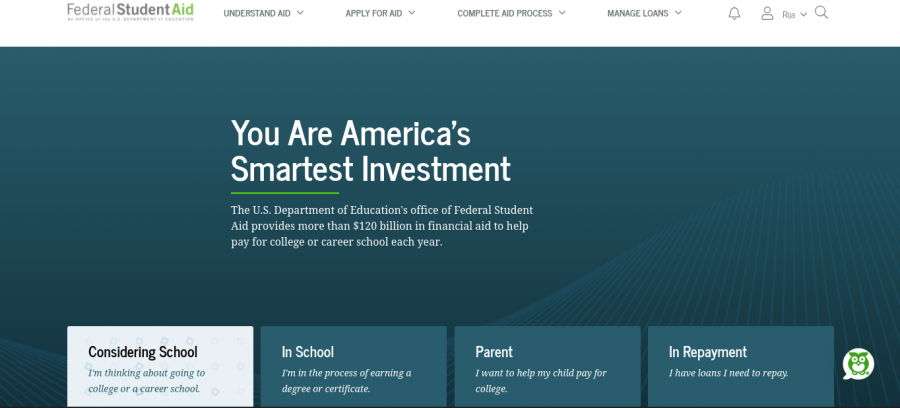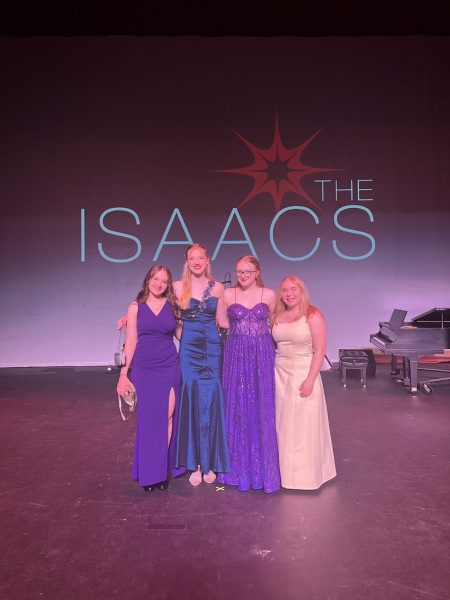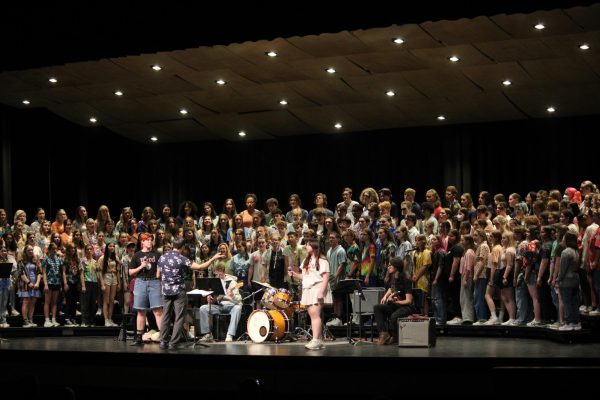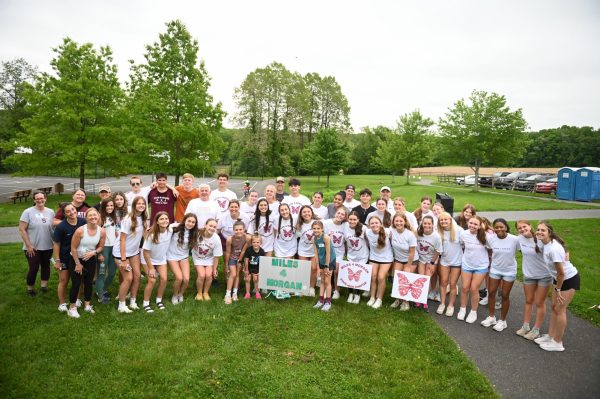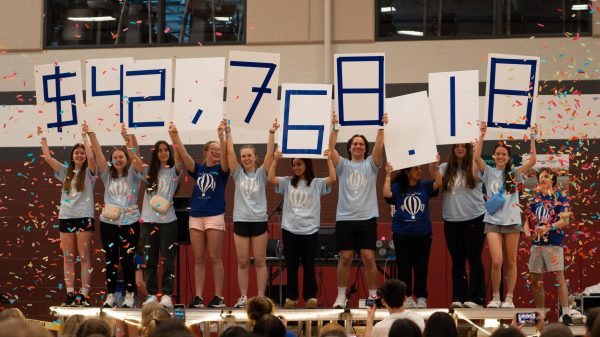State High’s First Annual FAFSA Workshop
The focal point for the Free Application for Federal Student Aid (FAFSA) workshop: the official student aid website, where students can apply until May 1, 2022.
October 26, 2021
The average student has $36,510 worth of federal loan debt by the time they graduate from college. The average white student has the least—though still a hefty $30,520—while student loan debt for the average Black student is the highest, nearly doubling to become $57,770. After reading these statistics and knowing that these numbers are only increasing, it’s no wonder why the State High equity office held its first annual Free Application for Federal Student Aid (FAFSA) workshop Friday, Oct. 14.
Organized by AP Physics teacher and State High’s National Society of Black Engineers (NSBE) chapter advisor, Bob White, the event was scheduled to last from noon until 2:00 p.m., with students RSVPing via email a week beforehand. That afternoon, around thirty students showed up to the LGI room during what would otherwise have been their third-period class and lunch block, and while they absolutely came for the information on federal student aid, the pizza offered was certainly a bonus. Following an allotted 25 minutes worth of lunch and socializing, representatives of Penn State’s NSBE began the presentation.
First, they ran through various expenses at college. After acknowledging that tuition and rooming generally make up a large part of student debt, they emphasized things students may not think about: costs for books, travel (for trips or competitions), laundry, and food that may not be included in one’s meal plan. While having to pay so much just to pursue post-secondary education may not be ideal, it is what many students have to think about while applying for college. One representative showed a screenshot of his own costs that amounted to thousands of dollars for just one semester, stating the importance of applying for scholarships or grants—two forms of aid students don’t have to pay back. Loans, however, require returns, oftentimes including interest.
The FAFSA website is an avenue to apply for and pursue both forms of aid, and students at the workshop were given ample time to create an account for it. While the full application requires assistance from a guardian or parent, starting it is an important step that all but two students in attendance had yet to complete until the session. State High senior Lisa Fujii had already created her account, but attended the session for more information about the application process.
“It’s important that we have sessions like these since some students aren’t aware of FAFSA and how to fill it out…Filling out the FAFSA can prevent students from taking out too many loans to attend college,” Fujii said.
White emphasized this further.
“College is an enormous expense. Like healthcare, tuition has been growing 10-15% per year, as such, it’s becoming harder and harder for many families to afford.” Referring back to the presentation and his decision to facilitate it through the equity office and PSU’s NSBE, White continued, “The notion is to help kids get into college…by and large, though, we understand that more broadly we want to help everyone gain access to college.”
It’s no question that socioeconomic status plays a factor in one’s ability to pursue their college of choice, but having resources like FAFSA, while not nearly enough, is a good start for students to “get a step up, to get an education, have it be more affordable,” as White said.

